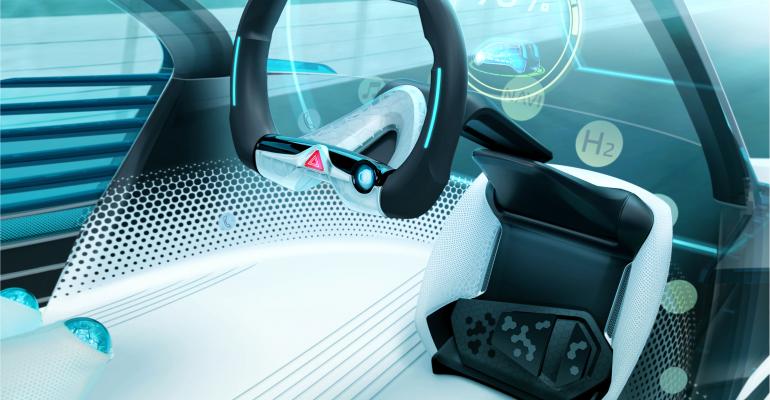Toyota will set up its third Toyota Research Institute facility as part of its rapidly escalating efforts to develop advanced technology, including the artificial-intelligence systems that will help guide the future’s fully automated vehicles.
The new operation, which will be set up in conjunction with the University of Michigan near its Ann Arbor, MI, campus, is the third such research facility from the Japanese automaker in recent months. It joins TRI’s tie-ups with Stanford University in Palo Alto, CA, and at the Massachusetts Institute of Technology in Cambridge, MA.
About 15 people will transfer to the Ann Arbor facility from the nearby Toyota Technical Center in York Township, MI, but the staff will be increased to 50 by the time the center is fully operational in June. In addition to AI research, the facility also will explore advancements in robotics and material science.
“Beyond the extraordinary work that U-M is doing broadly in advancing automotive safety research – and in autonomous driving, in particular – Toyota has deep roots in the Ann Arbor community,” notes TRI CEO Gill Pratt, who discloses plans for the new operation during keynote remarks at the GPU Technology Conference in San Jose, CA, today.
Part of the draw to U-M is the nearby Mcity operation and Mobility Transformation Center, as well as the in-development American Center for Mobility in nearby Willow Run; all of which are working on autonomous-vehicle development with several automakers, suppliers and other industry players.
“Sensor hardware and algorithms are improving at a tremendous pace,” says Edwin Olson, one of two U-M professors who will be joining the TRI operation. “TRI researchers will push the frontier even further, resulting in safer vehicles and more helpful robots in the home.
“Ann Arbor is a fantastic location for TRI to expand its autonomous driving efforts. We will benefit from Toyota’s existing team and U-M’s research talent and facilities where we can perform extreme-limit testing in a wide variety of environments.”
Although the three TRI facilities will focus largely on the same thing, each will have a core discipline. The Ann Arbor operation will concentrate on chauffeured automated driving, while the Palo Alto group works on “guardian angel” driving, where the driver is always engaged but the vehicle assists as needed. The Cambridge staff will be dedicated more to simulation and deep learning.
Toyota says its $1 billion investment in TRI is centered on four mandates: Enhance safety through development of a vehicle incapable of a crash; increase access to vehicles for those who can’t drive, including seniors and those with special needs; create products for indoor mobility; and develop applications for artificial intelligence and machine learning, particularly in the area of materials science.
More than 30 projects already are under way at the Palo Alto and Cambridge operations.
“Although the industry, including Toyota, has made great strides in the last five years, much of what we have collectively accomplished has been easy, because most driving is easy,” Pratt says. “Where we need autonomy to help most is when the driving is difficult. It’s this hard part that TRI intends to address.”





